$17.95 Original price was: $17.95.$12.57Current price is: $12.57.
- The Quality Choice for Smart Shoppers
- Quality You Can Trust
- Effortless solutions, excellent customer care.
- Free and fast shipping worldwide

Mirin, an essential element of Japanese cuisine, is a sweet rice wine with less alcohol and a more pronounced natural sweetness than sake. While many grocery-store brands are actually mostly corn syrup, we love Ohsawa Organic Genuine Mirin because it is the real stuff, made using traditional methods by the Kankyo Brewery since 1862. Subtly sweet, mellow and full of umami, this authentic mirin is made by fermenting sweet rice and sake with a special Japanese rice mold for 60 to 90 days then aging the raw product for a full nine months. This condiment both seasons and sweetens, balancing out the salinity of soy-based dishes and adding a lustrous sheen to all of our favorite Asian dishes. And unlike perishable wine or vermouth, mirin can be stored at room temperature in your pantry. Ohsawa Organic Genuine Mirin will add silky sweetness and umami to all sorts of Asian dishes. Try it in our Chicken Teriyaki Donburi or Soy-Steamed Japanese-Style Rice with Mushrooms and Tofu, both of which use mirin in classic Japanese style as a mellow counterpoint to soy sauce. You can also bring out the sweet notes of the Korean chili paste gochujang in our Gochujang-Glazed Potatoes (Gamja Jorim) or Korean Chicken-Vegetable Soup with Noodles. Mirin adds crucial body to the dressing of our Eventide Green Salad with Nori Vinaigrette; the dressing is also great tossed with cold soba noodles for a quick noodle salad or drizzled over poached salmon or shrimp. You can also use mirin as a base for pan sauces: After browning steaks, chops or chicken broths, deglaze the pan with 2 to 3 tablespoons mirin, simmer down by half, and whisk in butter and herbs to taste. For an all-purpose dipping sauce for noodles or dumplings, make mentsuyu: Simply combine ½ cup each mirin and sake and ¼ cup soy sauce (and if you have either, ½ cup of bonito flakes and 3-inch piece of kombu seaweed). Bring to a simmer, then cool (and strain if adding bonito or knob); it’ll store indefinitely in the refrigerator. This sauce can also be blended with miso and diluted to serve as a soup base or boiled to concentrate into a teriyaki glaze.
[/description-break] Ingredients [/title]Ingredients: Organic sweet rice, organic distilled rice wine (water, organic sweet rice, koji seed), organic koji (rice, koji seed), and sea salt. Certified: Organic [/accordion] Specifications [/title]Net Volume: 8.45 or 12.68 ouncesPlace of origin: Japan[/accordions-break]The Kankyo Brewery (whose name means “sweet and strong”) has made its mirin the same way since 1862. [/banner_heading] Producers apply koji, a special Japanese rice mold, to steamed sweet rice and let it ferment for 24 hours, just long enough to activate sugar production. Distilled sake is then added to the mixture, which is left to develop the sugars and amino acids that give mirin its characteristic golden hue and silky mouthfeel. After 60 to 90 days, a raw version of the mirin is pressed from the rice mixture and aged for another nine months, finally producing a liquid that is subtly sweet, mellow and full of umami. [/banner-text-break]Use in any recipe that calls for mirin. Its subtle sweetness acts as a counterpoint to savory ingredients such as soy sauce or miso, and can also play up the sweetness in ingredients such as gochujang or caramelized onions. Mirin adds both sweetness and tang to simple dressings and marinades for vegetables and meat alike. For an all-purpose dipping sauce for noodles or dumplings, make mentsuyu: Simply combine ½ cup each mirin and sake and ¼ cup soy sauce (and if you have either, ½ cup of bonito flakes and 3-inch piece of kombu seaweed). Bring to a simmer, then cool (and strain if adding bonito or kombu); it’ll store indefinitely in the refrigerator. This sauce can also be blended with miso and diluted to serve as a soup base or boiled to concentrate into a savory-sweet glaze. [/how-to-use-break]Cheap mirin can be overly salty and astringent. This balanced and elegant mirin is a pantry must-have.
| Size | 8.45 fl. oz., 12.68 fl. oz. |
|---|
Be the first to review “Ohsawa Organic Mirin” Cancel reply
Related products
Grains, Rice & Beans
Coffee, Tea & Hot Chocolate
Candy, Cookies & Sweets
Shortbread House Of Edinburgh Original Recipe Shortbread Biscuits
Concentrates & Pastes
Condiments & Toppings
Antipasti, Tomatoes & Pickles
Oils & Fats


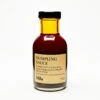
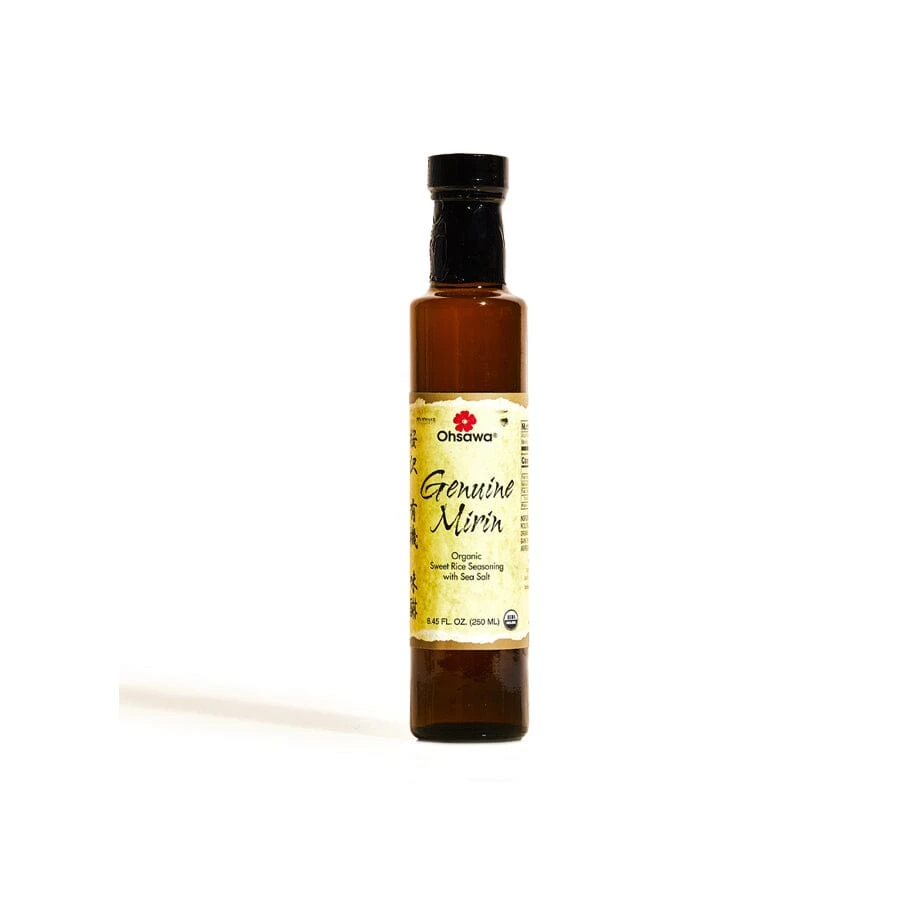





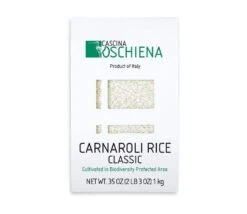
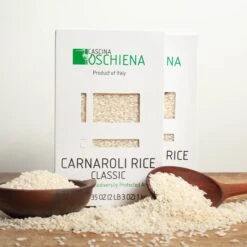
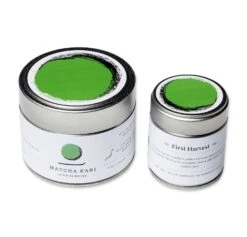











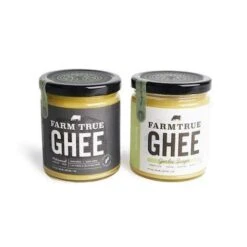

Reviews
There are no reviews yet.